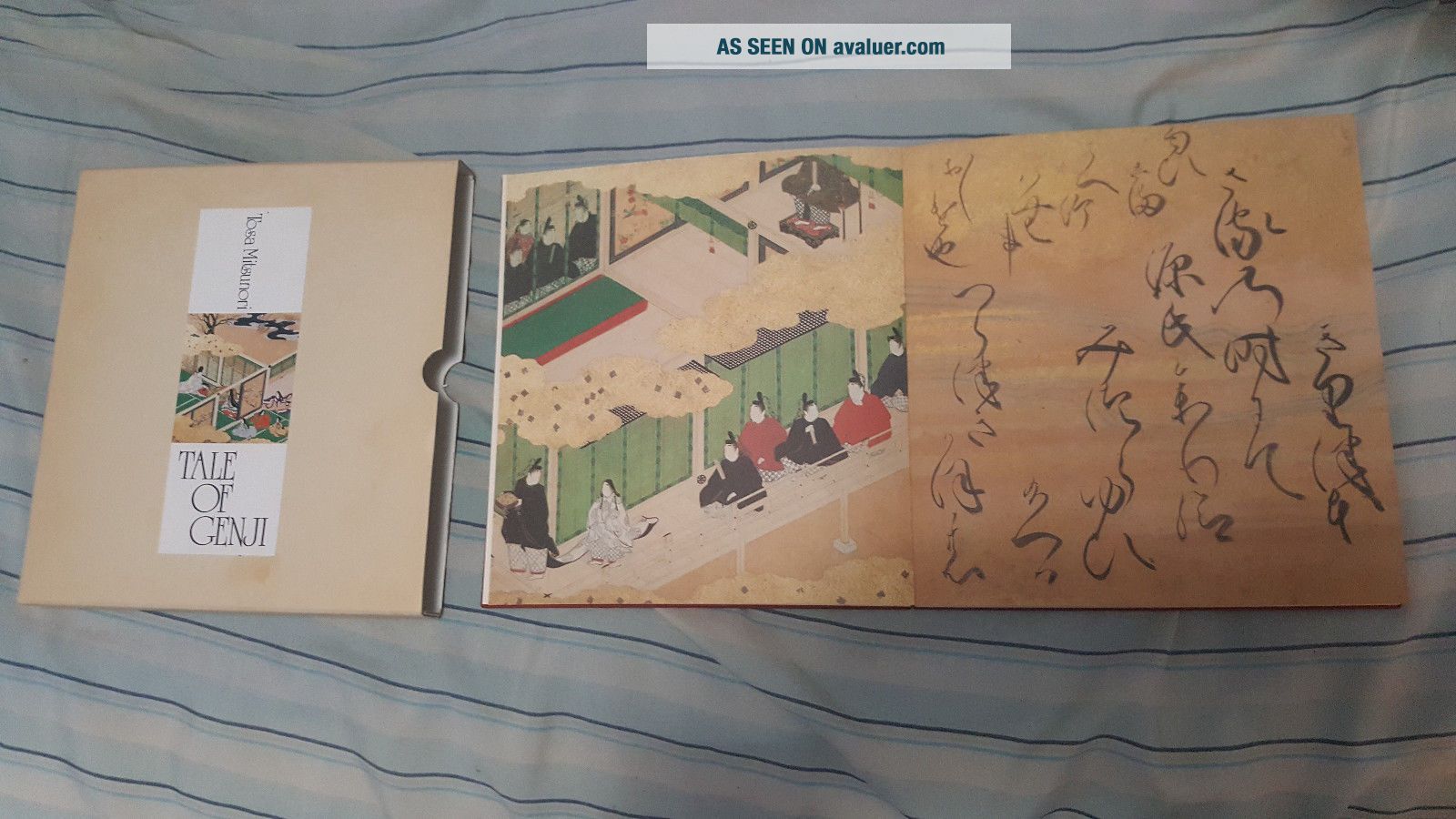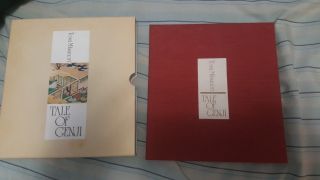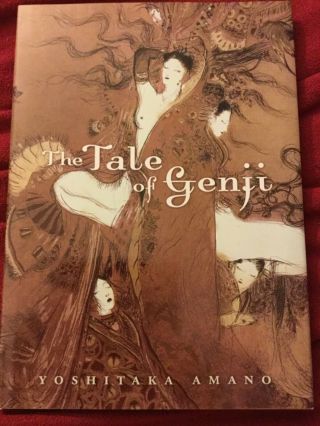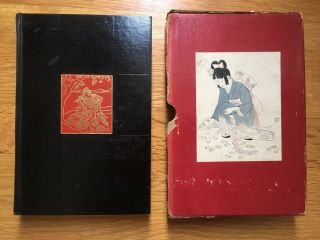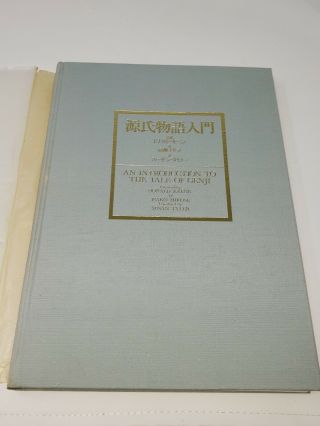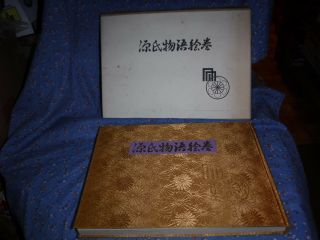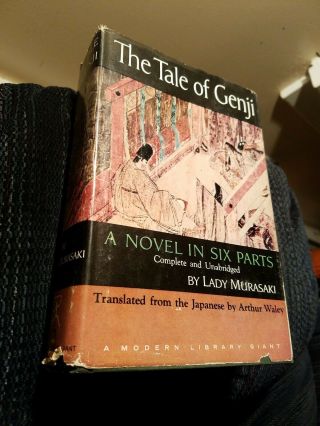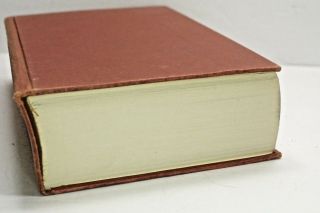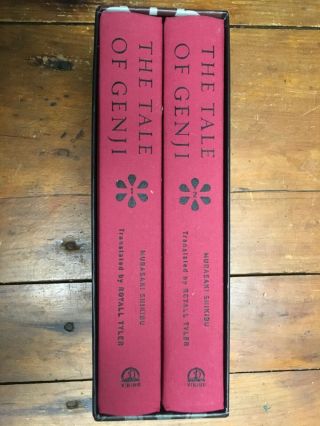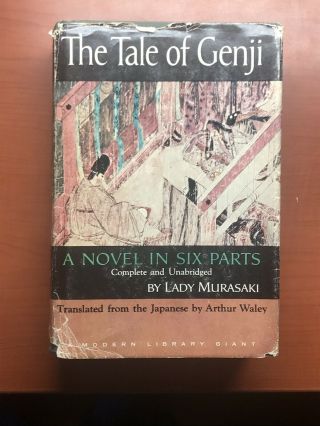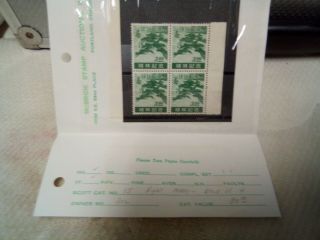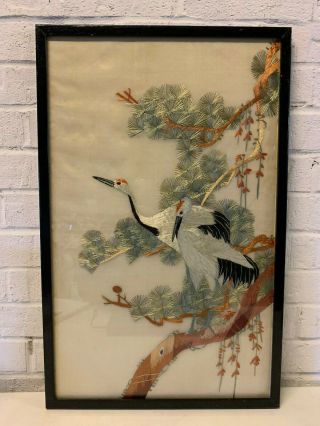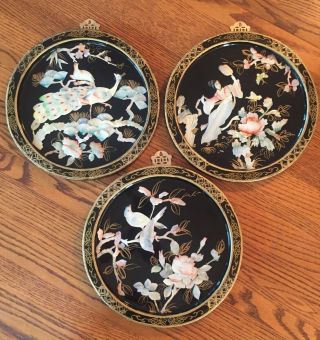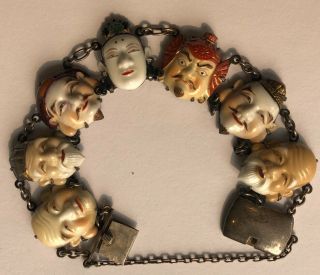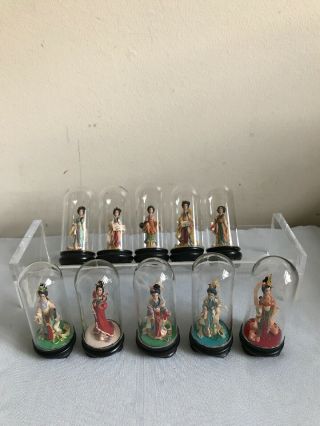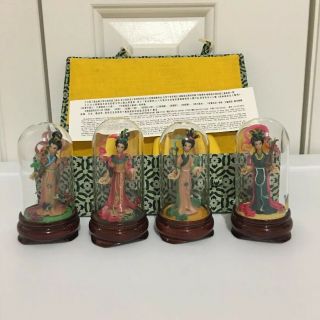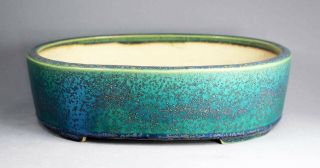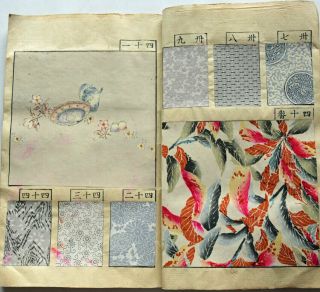The Tale Of Genji By Tosa Mitsunori Rare Book Accordion Folded Book Shogun Age
Item History & Price
| Reference Number: Avaluer:5139341 |
For Sale!!
With its revered status as a masterpiece of classical literature, The Tale of Genji has been illustrated countless times over the centuries. During the Momoyama (573–1615) and Edo periods, the Tosa school was associated closely with Genji paintings. Mitsunori, a follower and possibly a son of Tosa Mitsuyoshi (1539–1613), produced Genji paintings in a style highly reminiscent of his predecessor’s exquisitely detailed images. These albums contain scenes from a...ll fifty-four chapters of the tale. Mitsunori utilized the hakubyō, or “white drawing” method of painting in fine ink lines alone (save for crimson on the lips of figures), perfected centuries earlier during the Kamakura period (1185–1333).
The delicately rendered scenes feature details of clothing, furnishings, and architectural elements, with the stark black of courtiers’ caps and the trailing hair of court ladies creating strong accents against the pale, dreamy quality of interior and exterior scenes.
Written in the eleventh century by Murasaki Shikibu, an aristocratic lady of the late Heian court, the Genji monogatari (The Tale of Genji) is considered one of the world's great literary works. It became a source not only for poets but also for artists, who illustrated scenes from the story in many mediums—including books, handscrolls, and screens—from the twelfth century into modern times (cat. nos. 81, 82, 87, 110; and pages 204–5).
The five paintings shown here are selected from two small albums by Tosa Mitsunori (1583–1638) dating from the early seventeenth century. Sixty leaves illustrating all fifty-four chapters of the Genji monogatari are evenly distributed between the albums. There is no text, and as the usual practice of representing each chapter with one illustration has been ignored in several instances, identification of individual scenes is sometimes problematic. This difficulty is compounded by the fact that a recent remounting disturbed the original sequence in which the leaves were pasted into the albums. Moreover, because the images often deviate from the standard Genji formula, identification must often rely on minor motifs, such as flowers or birds that relate to a specific season or to an incident in the narrative.
A large seal in black ink reading "Tosa Mitsunori" was recently exposed when a flap was cut in the backing paper of the last leaf. It is likely that the same seal is impressed on the back of each leaf, as was the custom of the artist who was either Mitsunori's father or his teacher, Tosa Mitsuyoshi (cat. no. 81). Mitsunori's fine, detailed drawing style clearly derives from the manner of Mitsuyoshi. The compositions in the Burke albums are even smaller than Mitsuyoshi's, reflecting a trend among illustrators of courtly tales after the late Muromachi period.
Another set of Genji drawings by Mitsunori is in the collection of the Freer Gallery of Art, Washington, D.C.[1] Both the Burke and the Freer albums are executed in the exquisite ink-painting style known as hakubyō (white drawing), which distinguishes it from the dynamic, Chinese-inspired ink brushwork that had flourished in Japan since the Muromachi period. When hakubyō was first developed, in the Late Heian period, it was admired for possessing a subtlety not possible in polychrome yamato-e.[2] No Heian examples of hakubyō have survived; the earliest extant works of this type date to the Kamakura period. From the second half of the thirteenth century, the technique was often chosen to illustrate romantic novels of the Late Heian period, such as the Ise monogatari (Tales of Ise) and the Genji monogatari. Hakubyō is characterized by thread-thin, unmodulated ink lines that outline figures as well as architectural and landscape elements. The monochromatic presentation is highlighted by tiny, barely perceptible dots in red, on such details as lips or flames. The effect of fragile delicacy is dramatically interrupted by isolated areas of heavy black ink, used for tall court hats or for the undulating cascades of jet black hair. Set against the pale delicacy of the background and figures, these solid black shapes form abstract patterns of unexpected beauty.
Mitsunori—whose career took him from Sakai to Kyoto, the old capital city—may have been attempting to revive the classical hakubyō style in these album leaves, though his drawings are less dramatic than the Kamakura-period works. He embellished the garments of both male and female figures with minuscule designs, softening the effect of the stark, black elements against the spidery ink lines. He drew even the smallest objects in minute detail, rendering them barely visible to the naked eye. It has been suggested that Mitsunori used a magnifying glass to execute his work;[3] lenses had become quite popular in Japan soon after they were introduced from the West, in the mid-sixteenth century.
Sakai, when Mitsunori was in residence there, was a busy port city, one that often set the latest fashion trends. In 1633, however, the government's ban on foreign trade dealt a severe blow to the local economy, which may have prompted Mitsunori's return to Kyoto the following year. The decision was a wise one, as Mitsunori's son, Mitsuoki (1617–1691), eventually regained the position which in the past had belonged to the head of the Tosa school, that of official artist to the imperial court.
An episode from "Kiritsubo" (The Paulownia Court), the first chapter in the novel explains why Genji, a son of the reigning emperor, is not chosen to succeed to the throne: a visiting Korean physiognomist, who is moved by the boy's intelligence and beauty, believes it would be wise to keep Genji out of the line of succession, as misfortune would certainly befall him.[4] In the image shown here (a), the meeting between the Korean sage and the young prince takes place in a walled courtyard beneath a canopy of softly glowing golden clouds (suyari). Genji's carriage and retinue wait outside the wall. The composition is nearly identical to that of a painting by Mitsuyoshi in another Genji album, now in the Kyoto National Museum.[5]
One of the few outdoor scenes in the entire album, the second drawing (b) depicts an episode from chapter 16, "Sekiya" (The Gatehouse), in which Genji and his former lover, Utsusemi, the Lady of the Locust Shell, are shown at a chance meeting.[6] The two had had a brief affair, but the lady subsequently moved to a faraway province to be with her husband. Now, returning to enter a nunnery, she pauses at the Osaka barrier, outside the city. Genji arrives at the same barrier while on a pilgrimage to the nearby temple of Ishiyamadera. Because of the difference in their social postions, the former lovers can exchange only poems. As if to suggest the disparate paths the two must follow, most paintings of this episode depict two groups of travelers separated by a mountain barrier.
Chapter 38, "Suzumushi" (The Bell Cricket), describes the aftermath of Genji's betrayal by his wife, the tragic Third Princess. The young woman has decided to become a nun, as penance for her sad love affair with Kashiwagi, the son of Genji's best friend. In the third illustration (c), the princess offers prayers to the Buddha. It is a warm summer day, lotus flowers are in full bloom in the garden pond. Ladies-in-waiting crowd the room, incense burners have been placed on the floor, and small boys walk about. Genji peeks through a curtain to watch the princess, who is seated on a sumptuous dais partially concealed by curtains.[7]
As the narrative proceeds, Murasaki, Genji's favorite consort, has been ill for some time. In this scene from chapter 40 (d), "Minori" (The Rites), a Lotus Sutra is dedicated to the Buddha in anticipation of her death. The chanting continues through the night, and a dancer performs to the intricate beat of the drum.[8] Genji never recovers from the loss of his beloved Murasaki, and the death of Genji himself, at age fifty-two, is hinted at in chapter 41, "Maboroshi" (The Wizard). From chapter 42, "Nioumiya" (His Perfumed Highness), the principal heroes of the tale are Niou, Genji's grandson and third son of the reigning emperor, and Kaoru, born of the illicit affair between the Third Princess and Kashiwagi. The pursuit of women takes these two highly sought after and handsome young men to Uji, outside Kyoto. The final ten chapters are often distinguished from the rest of the narrative as the "Uji jūjō" (The Ten Chapters at Uji).
Episodes from the "Uji" chapters center around Kaoru's futile efforts to capture the heart of Ōigimi, the eldest daughter of Genji's half-brother. Constantly in doubt about his own identity, Kaoru is unsuccessful in his search for love. In the fifth illustration (e), a scene from chapter 47, "Agemaki" (The Trefoil Knots), Kaoru makes an autumn visit to Uji, in a doomed attempt to win Ōigimi’s hand. Uji Bridge (see cat. no. 80) is visible in the distance, and the late autumn moon hangs in the sky.[9]
[Miyeko Murase 2000, Bridge of Dreams]
[1] The Freer album comprises only thirty leaves of drawings, with an equal number of text pages. Each page measures 13.7 x 14.9 centimeters (5 3/8 x 5 7/8 in.) See Murase 1983b; and Akiyama Ken and Taguchi Eiichi 1988.
[2] For other examples of hakubyō , see Shinbo Tōru 1970.
[3] Kobayashi Tadashi 1972b, p. 21.
[4] Murasaki Shikibu 1976, pp. 14–15.
[5] For a color reproduction, see Akiyama Ken and Taguchi Eiichi 1988, p. 30.
[6] Murasaki Shikibu 1976, pp. 303–4.
[7] Ibid., pp. 668–69.
[8] Ibid., pp. 713–15.
[9] Ibid., p. 834. Scenes from The Tale of Genji (Genji monogatari) Artist:Tosa Mitsunori (Japanese, 1583–1638)
Period:Edo period (1615–1868) Date:early 17th century Culture:Japan Medium:Two albums, thirty leaves in each; ink, red pigment, and gold on paper Dimensions:Image (each leaf): 5 5/16 × 5 1/8 in. (13.5 × 13 cm)Album: 7 1/8 × 6 1/8 × 1 3/16 in. (18.1 × 15.6 × 3 cm) Classification:Paintings Credit Line:Mary Griggs Burke Collection, Gift of the Mary and Jackson Burke Foundation, 2015 Accession Number:2015.300.34a, b Mediumalbum: pigments and gold paint on paper on powder gold leaf on card, 56 pages, gold thread, silk and wood cover, glued bindingMeasurements14.8 × 13.2 cm (image and sheet) 19.8 × 16.7 cm (page) 19.8 × 16.7 × 9.2 cm (closed) 19.8 × 968.6 × 4.6 cm (open)Place/s of ExecutionJapanAccession Number1755-5Department



